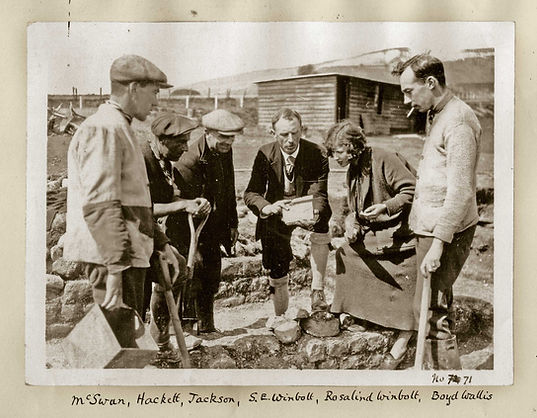
East Wear Bay Archaeological Project



East Wear Bay Field School 2026:
https://www.eastwearbay.org/field-school
An exciting Iron Age and Roman period site at risk from coastal erosion.
We offer training and support in all areas both on
and off site and welcome anyone who wants to
be part of an excavation and learn archaeological
skills.



Vlog series
When we are out on site, we post regular updates, so drop in from time to time to see how we are getting on with our archaeological discoveries! Go to the homepage of our East Wear Bay website https://www.eastwearbay.org/ or check out our YouTube channel @CanterburyTrust to find out more.


.jpg)


And learn all about previous excavations including those led by S.E. Winbolt in 1923-4


Explore the rich archaeological heritage of East Wear Bay from the earliest human presence to the modern day
https://www.eastwearbay.org/timeline
About the Project
Read more about why this site is so important at: https://www.eastwearbay.org/about/project
Get interactive with 3D models and artefacts found at East Wear Bay in our new digital museum!



Learning and craft activities
Access our free online resources through the links below:
Education Resources: https://www.eastwearbay.org/education
Dementia friendly resources:: https://www.eastwearbay.org/learn/dementia-resources
Sensory Stories:



If you have any questions about our field school, our community work, or just East Wear Bay in general, please get in touch!
https://www.eastwearbay.org/contact




